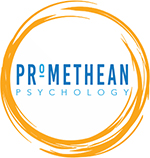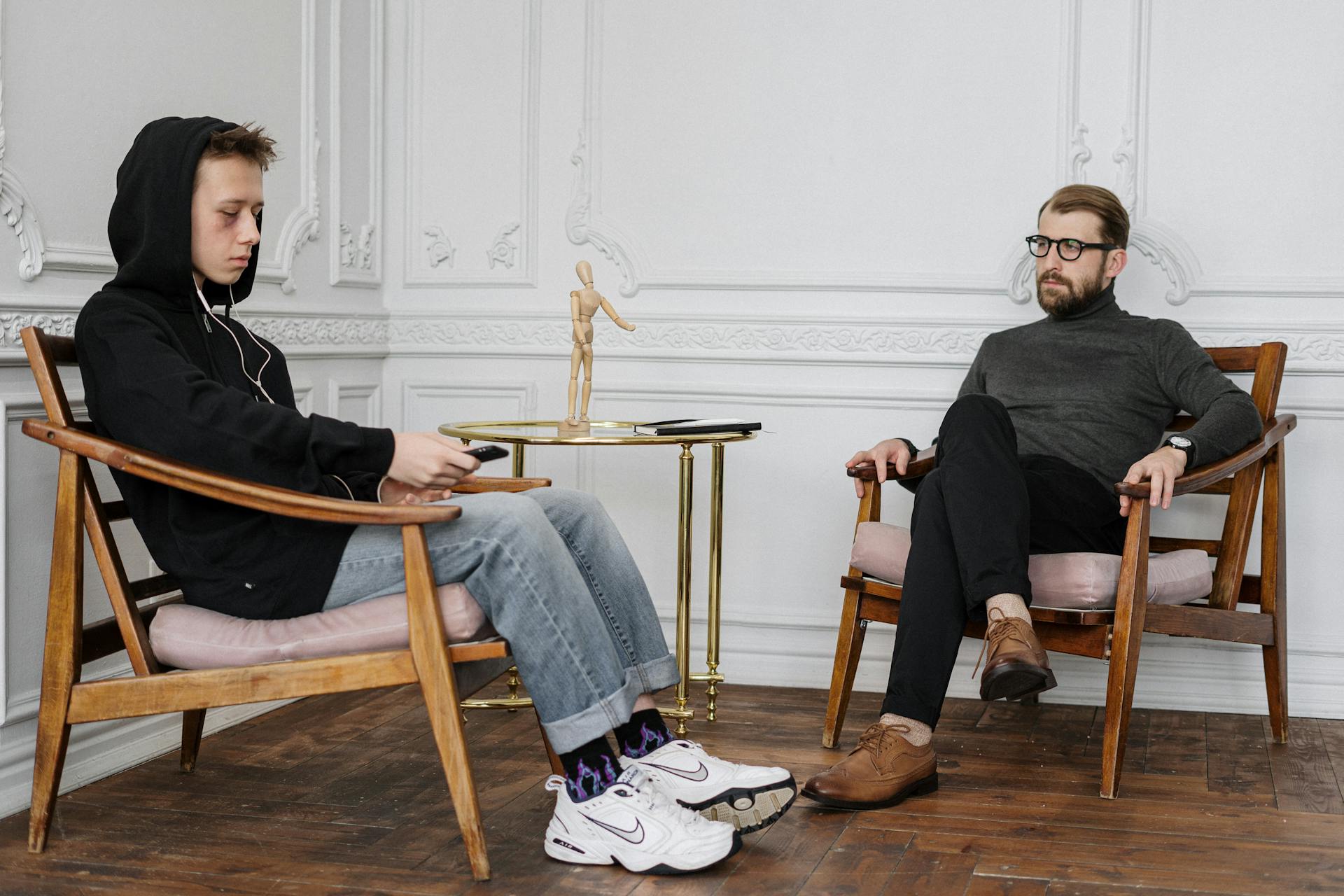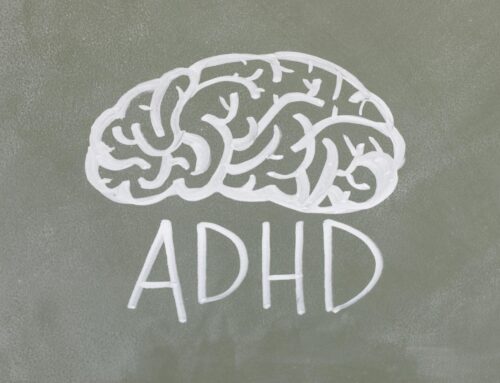In the late 1970’s, documentary filmmaker Arnold Shapiro was searching for the subject of his next film. He got wind of a small group of inmates serving life sentences at a maximum security prison in New Jersey. Referring to themselves as the “Lifers,” these inmates developed a unique program aimed to divert troubled, at-risk teenagers from the criminal justice system. Shapiro, eager to learn more about this groundbreaking program, was granted full access by the prison.
The premise of the program was simple. A group of at-risk teens were ordered by the juvenile court system to participate in a “tour” of the New Jersey prison. These teens were already flirting with the wrong side of the law. Some had been arrested for crimes like shoplifting or truancy while others had committed more serious offenses like robbery. Their parents, at a loss for what to do, were intrigued by the opportunity for their teen to get a taste of the grim reality of prison. On a warm summer morning, the group of 15 or so teenagers arrived at the prison. Led by a friendly guide, they toured all the main parts of the prison including the cafeteria, visitation area, infirmary, and the exercise yard. By the end of the tour, many of the teens appeared both bored and relieved. “A little prison tour? I got off easy,” they surely thought. However, just as they turned to exit the prison doors, the guide yells, “wait! we have one more activity in store for you.”
The guide then leads the group of teens down a long hallway to a large room. In this room, the inmates known as the “Lifers” await. The teens are herded into the room as the Lifers immediately begin hurling insults their way. The Lifers have one goal in mind: scare these teens away from a life of crime and imprisonment. For the next hour, with the teens lined up shoulder-to-shoulder, the Lifers yell at, intimidate, threaten, and shame the teens. Between the threats and disparaging statements, the Lifers plea with the teens to stay in school, work hard, and change their burgeoning criminal tendencies. With fear serving as the Lifers’ tool of choice, Shapiro appropriately titled his documentary “Scared Straight.”
After the Lifers finally left the room, Shapiro interviewed some of the teens. Many of the teens lamented their previous life choices and insisted that they were indeed scared straight. One young teenager in particular, Angelo Speziale, was especially remorseful. With tears in his eyes, he expressed a deep shame and regret for his actions. He insisted that the Lifers had inculcated a newfound sense of hope and inspiration in him. He vowed to turnaround his life.
Shapiro’s Scared Straight was met with widespread critical acclaim, even snagging an Oscar at the 1978 academy awards. Many parents across the country regarded Scared Straight, and especially Angelo Speziale’s interview, as a symbol of hope for their own struggling teenager. Following the film’s success, various “Scared Straight” programs sprouted up in prisons across the country with hopes of changing the lives of thousands of troubled teens. Within a matter of years after the film’s premiere, Scared Straight programs became a mainstay in the world of adolescent mental health.
In 2007, decades after the release of ‘Scared Straight,’ the Hackensack, New Jersey police department finally got the funding to open a cold case unit. Investigators assigned to the unit started with the unsolved murder of Michele Mika from 1982. Michele’s murder had baffled investigators for years. Nothing about it made sense. Nineteen-year-old Michele Mika was stabbed to death inside her Hackensack apartment. The original investigators quickly ruled out her ex-boyfriend and all the other usual suspects. With no leads to go on, the case collected dust for years. When the newly formed cold case unit re-examined Mika’s case in 2007, they realized an unidentified DNA sample was collected at the crime scene. With DNA testing making great strides in the preceding decades, investigators now had something work with. They entered the DNA sample into the national database of known offenders. To their shock, there was a match. His name was Angelo Speziale. The same Angelo Speziale who tearfully vowed to turn his life around had murdered Michele Mika a mere several years after his participation in Scared Straight.
We now know the truth about Scared Straight programs. They are not just ineffective, they are harmful. A 2009 meta-analysis (i.e., a review of studies) found that teens who participate in scared straight programs are almost twice as likely to reoffend compared to teens who do not participate in such programs.
Scared straight marked the birth of the ‘troubled teen’ industry. Every year, parents of struggling teens across the country make the heart-wrenching decision to send their child to a residential treatment program. These parents are understandably desperate, having tried everything under the sun to help their child. Whether their teen struggles with crippling anxiety, suicidal ideation, or substance abuse, finding a high-quality program is more challenging than it should be. Thanks in part to the misguided troubled teen industry, many programs with unqualified staff and questionable therapeutic approaches exist. As was the case with Scared Straight, such programs may have good intentions, but offer little in the way of quality therapeutic services.
For parents in the unenviable position of having to find a treatment program for their teen, there are key questions that should be asked to ensure the program is the right fit.
1.) What is the treatment model used?
The program should be able to clearly articulate a coherent and logical treatment model. For example, the program may explain how teens receive a combination of group therapy, individual therapy, family therapy and medication management. Moreover, the program should be able to describe the type of therapy used. While there is no one size fits all therapy, there are therapies that have amassed more research support (e.g, cognitive behavioral therapy). It is important for programs to use well-established, evidence-based therapies. If a program claims to have developed their own unique therapy, heavy skepticism is warranted. This likely means their therapy model has undergone little, if any, scientific scrutiny.
2.) What professionals will be a part of my child’s treatment team?
Parents should be able to assume that program staff members are qualified professionals. Unfortunately, this is not always the case in today’s world. Many treatment programs employ individuals with limited to no training in working with adolescents. Ideally, a treatment team should include a range of qualified professionals including a licensed psychologist, therapist and psychiatrist. Qualified programs also tend to include social workers and case managers to help provide a comprehensive treatment approach.
3.) What support will we get as parents?
One of the biggest red flags is when a program claims to help a teen without any family involvement in the process. A good treatment program, on the other hand, offers support at the family level. For example, most quality programs offer parent skills training and/or support groups. Other quality programs will incorporate family therapy into the teen’s treatment program.
4.) How is progress measured?
A good treatment program usually has a system for how they assess patient progress. Assessment practices should incorporate both objective and subjective data points. Semi-structured clinical interviews and objective self-report measures should be used to assess symptom severity throughout treatment. Additionally, the treatment team will typically develop a list of goals for the teen that reflect their reason(s) for seeking treatment (e.g., better able to handle conflict with peers). While programs differ in how they assess progress, all quality programs have formulated a clear system for how they track patient progress.
5.) What is a typical discharge plan?
A quality treatment program produces results that extend beyond the confines of the program. Asking this question will help a parent determine if the program is able to outline a clear plan for relapse prevention. The program should be able to clearly outline the components of a typical patient discharge plan. Usually, a discharge plan should include a form of outpatient therapy and outpatient psychiatry (if medication is involved) at minimum. Some programs will also outline a plan to collaborate with the school to ensure a smooth transition back following discharge.
While the Lifers from Shapiro’s Scared Straight had the best of intentions, they underestimated the level of thought and care that goes into building a successful treatment program for struggling teens. Almost 50 years later, the misguided troubled teen industry is alive and well. However, for every lackluster treatment program out there, there are places that offer quality and evidence-based care.






